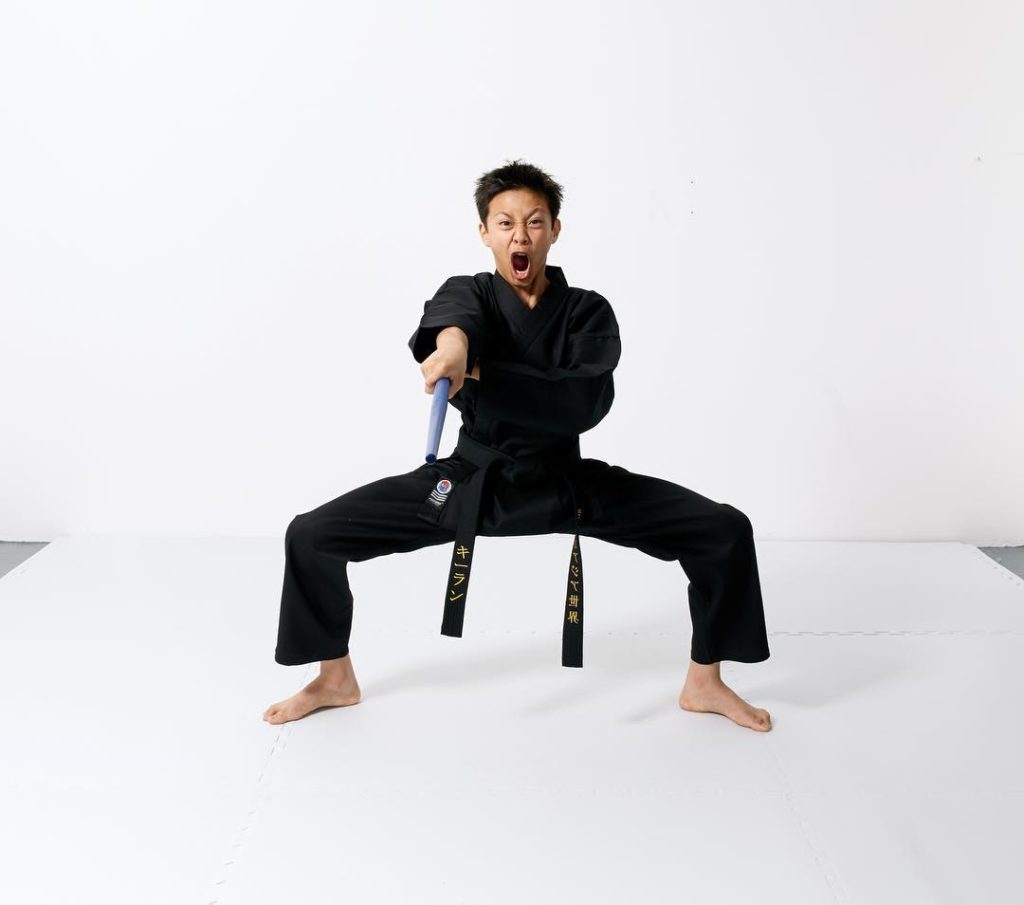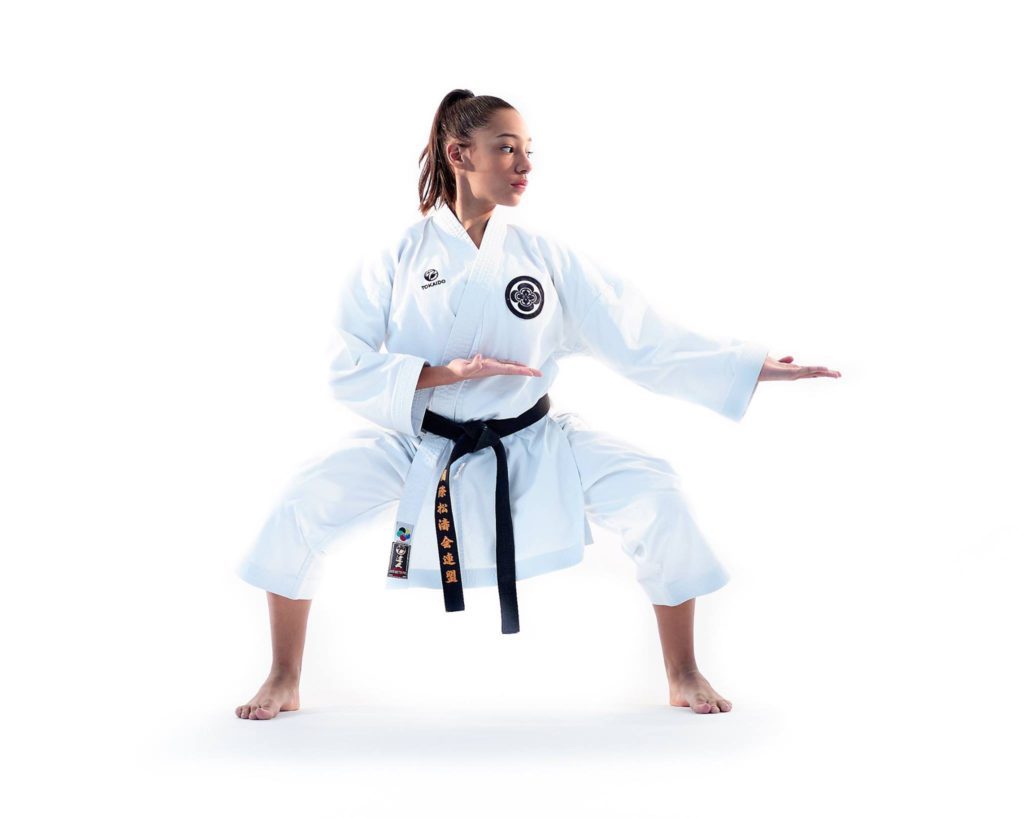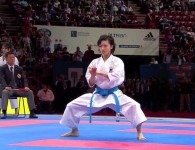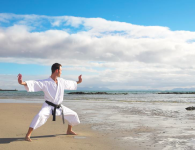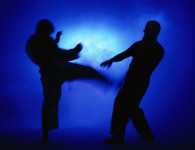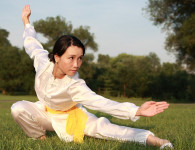When it comes time to purchase new karate uniforms, there are a lot of things to take into consideration. What fit will work best for you and your training goals? What weight of karate gi will be best for you? What brand will best suit your needs? What color should you get?
While that last question might seem a little silly compared to the others, karate uniforms and color is far from a completely superficial issue in martial arts. Depending on where you train and where you compete, selecting the right karate gi color can be anything from a show of respect to a regulation that you must meet to be able to participate in a tournament.
Even if the above issues aren’t a concern for you on your personal martial arts journey, there are a number of practical issues in terms of karate gi care and durability that you will likely want to ponder before making your ultimate selection.
So what are the difference between black karate gis and white karate gis, beyond the obvious fact that the former are black and the latter are white? Let’s take a deeper look to help you select the perfect karate uniform for you.
Here, in order of importance, are the questions that you should ask yourself when deciding between a black karate uniform and a white one:
1. What is your gym’s policy on karate uniforms and colors?
While karate gi colors don’t have universal meanings the way that karate belts do, the color of your gi can represent different things in different martial arts and different gyms. Some Brazilian Jiu-Jitsu schools, for example, are open to a wide range of gi colors ranging from the traditional white to bright pinks and reds while others might have a more judo-style white and blue policy. Some will even insist that white is the only appropriate colors for karate uniforms. Other gyms and martial arts might require white belts to train in white while allowing their students to start to move into colors as they move up the ranks.
Regardless of what your school’s uniform policy or preferences are, though, what it boils down to is a show of respect. To properly demonstrate your respect for your teachers, your school, and yourself, choose the karate uniform color that will signal that you a proper part of your team and martial arts family.
2. Are you interested in competition? Do the tournaments you’re training for have regulations about karate uniforms and colors?
If you are looking to compete fairly soon in your training journey — or if your budget doesn’t permit purchasing new karate gis right before you start investing in tournament fees — you should also do some research on what the regulations regarding karate uniform color and size are for upcoming tournaments. Finding a uniform that will work for both your preparation at the gym and your actual competition is a best bet for beginners. Once you get more used to competition and more serious about it, you can invest in separate karate uniforms for training and competition and select your colors accordingly.
3. How well do you care for your karate uniforms? How long do you want them to last?
If your gym and your prospective tournaments allow both black and white karate gis, you can start to think about personal preferences in karate uniforms. Before you can start think about fashion, though, there is one more functional concern that you should probably address: proper gi care.
Both black and white karate uniforms come with their own laundry challenges. Black gis are better at hiding any potential stains that you might acquire during training, but require care during the laundering process — like a color-setting rinse and cold water washes — to ensure that your karate gi doesn’t fade to grey.
White uniforms, on the other hand, require frequent washing — as well as regular stain checks and stain removal treatments — to keep that white as bright as possible for as long as possible. You do have the option of bleaching your karate uniform if it starts to get too yellowed or stained, but bleach will break down the fabric more quickly, which means your gi won’t last as long — and a deteriorating gi could even start to hamper your training over time.
Which option is better all depends on what works best for you, your laundry habits, and your lifestyle.
4. What looks the best to you?
Once you’ve addressed all of the serious and practical concerns that come with karate gi selection, you can start to take your personal style into account. If the above questions haven’t already helped you make the decision between a black karate gi and a white karate gi, the next thing you have to ask yourself is which color do you like better? What makes you feel strong and powerful? Go with the one that will make you feel like the best version of yourself on the mats.

